 RULE. from half the sum of the three sides, subtract each side separately; multiply the half sum and the three remainders together, and the square root of the product will be the area required. RULE. from half the sum of the three sides, subtract each side separately; multiply the half sum and the three remainders together, and the square root of the product will be the area required.  Higher Book - Page 252by William Seneca Sutton - 1896Full view Higher Book - Page 252by William Seneca Sutton - 1896Full view - About this book
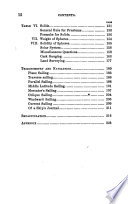 | Thomas Kentish - Geometrical drawing - 1852 - 272 pages
...separately; multiply the four remainders together; the square root •will be the area. For the triangle, from half the sum of the three sides subtract each side separately ; multiply the three remainders and the half sum together ; the square root will be the area. gram,... | |
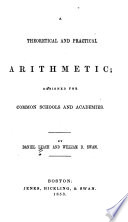 | Daniel Leach - Arithmetic - 1853 - 622 pages
...triangle ? 364. To find the area of a^ triangle, when the length of its three sides is known, — RULE. From half the sum of the three sides subtract each side separately. Then multiply the half sum by each side in succession. The square root of the continued product will... | |
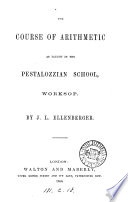 | J L. Ellenberger - 1854 - 338 pages
...parallelogram, having the same base and the same altitude. The area of a triangle is also found as follows : From half the sum of the three sides, subtract each side separately, multiply this half sum and the three remainders continually together, and extract the square root of... | |
 | Thomas Kentish - Mathematical instruments - 1854 - 268 pages
...separately; multiply the four remainders together; the square root will be the area. For the triangle, from half the sum of the three sides subtract each side separately; multiply the three remainders and the half sum together ; the square root will be the area. gram, and... | |
 | Charles Haslett - Engineering - 1855 - 482 pages
...base by a perpendicular let fall from the opposite angle, and take half the product for the area. Or, from half the sum of the three sides subtract each side separately, and multiply the three remainders so obtained and the half sum together, and the square root of the... | |
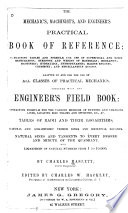 | Charles Haslett - 1855 - 544 pages
...base by a perpendicular let fall from the opposite angle, and take half "the product for the area. Or, from half the sum of the three sides subtract each side separately, and multiply the three remainders so obtained and the half Sinn together, and the square root of the... | |
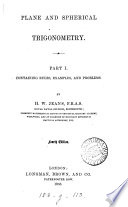 | Henry William Jeans - 1858 - 106 pages
...area. Ans. 80627 square yards. RULE VII. Three sides of a plane triangle being given, to find the area. From half the sum of the three sides, subtract each side separately. Add together the log. of the half sum and the logarithms of the three remainders. Half the result will... | |
 | Charles Haynes Haswell - Measurement - 1858 - 350 pages
...74$ yards. To ascertain the area of a Triangle by the length of its Sides (Figs. 6 and 7). RULE. — From half the sum of the three sides subtract each side separately ; then multiply the half sum and the three remainders continually together, and the square root of... | |
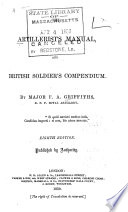 | Frederick Augustus Griffiths - Artillery - 1859 - 426 pages
...20 yards, and perpendicular height 14 yards. 20 x 14 — - — = 140 square yards. Area required. 2 To find the area of a triangle, whose three sides...half the sum of the three sides, subtract each side severally; multiply the half sum, and the three remainders together, and the square root of the product... | |
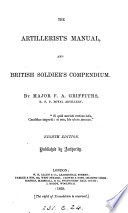 | Frederick Augustus Griffiths - 1859 - 422 pages
...whose base is 20 yards, and perpendicular height 14 yards. 20 X 14 = 140 square yards. Area required. 2 To find the area of a triangle, whose three sides are given. From half the sum of the three side?, subtract each side severally; multiply the half sum, and the three remainders together, and... | |
| |